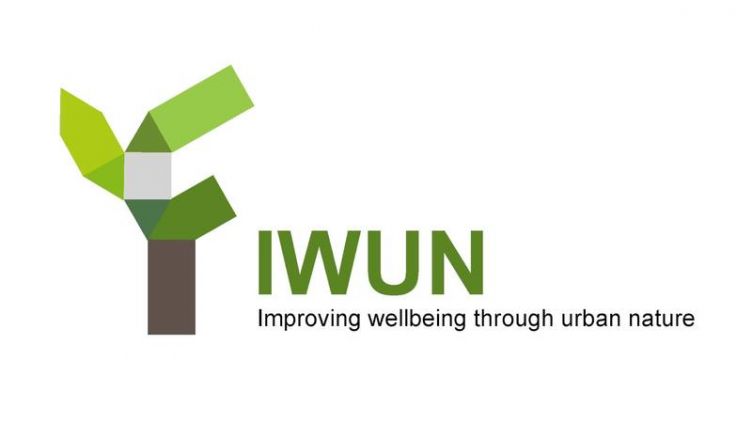-
Researchers have found a measurable improvement in health and wellbeing when people notice nature
-
Health levels in ∫¨–fl≤›¥´√Ω are worse in areas where the quality of green space is poor
-
Investment should target both the physical infrastructure and the social activities that bring green space to life
Academics from the University of ∫¨–fl≤›¥´√Ω‚Äôs Improving Wellbeing through Urban Nature () project found that there is a measurable improvement in health and wellbeing when people notice the nature around them.
They are calling on policy makers to invest in new and existing green spaces, so that these meet the diverse needs of urban populations and everyone can access their benefits.
To deliver equitable benefits, we need sustained investment in the everyday physical and social infrastructure of urban natural spaces.
Professor Anna Jorgensen
Department of Landscape Architecture
Access to green spaces; quality of facilities – including toilets and cafes; frequency of maintenance; employment of staff and support for groups running organised activities are all vital for ensuring a city’s green spaces support the well-being of its citizens equally.
As well as ensuring that parks are safe and welcoming places to visit, the recommendations are designed to encourage people and communities who would not normally use green spaces to connect with the natural environment.
Project lead Professor Anna Jorgensen from the Department of Landscape Architecture said: “A city’s network of parks and open spaces supports mental wellbeing and social inclusion.
However, the wellbeing benefits of nature and green space may not always be available to support the people who need them most. To deliver equitable benefits, we need sustained investment in the everyday physical and social infrastructure of urban natural spaces.”
The ¬£1.3M funded IWUN project worked with planners, health professionals and community volunteers ‚Äì and created a mobile phone app ‚Äì to evaluate how the quality and quantity of urban green space in ∫¨–fl≤›¥´√Ω impacts on the health and wellbeing of its residents.
They found that poorer quality green spaces are stressful and intimidating, while health levels are worse in areas where the quality of green space is poor.
Jorgen said: “We have found that it is not enough just to calculate the amount of green space a person can access,” said Professor Jorgensen, “quality and ease of access matter too.
There is no generic template for a good park or green space.
But the connections between experiences of nature – including diverse trees, plants and wild life – and mental wellbeing are strong and can provide a foundation for designing and managing public open spaces. A park that only serves as a children’s playground or a football training ground is not fulfilling its potential.
Planners and highways staff need to plan to maximise appreciation of nature and encounters with the natural world.
Professor Anna Jorgensen
Department of Landscape Architecture
Simple interventions - such as a cafe in a park or a pedestrian-friendly access route - can make green spaces welcoming and inclusive.
Places to stop and sit, facilities such as toilets, members of staff who can create a sense of safety, and social activities that connect with vulnerable or isolated people can extend the well-being effects of green spaces to new people and groups.”
Budgets for parks have been hit heavily by government cuts – 92% of park managers reported cuts to their revenue in a 2016 report commissioned by the Heritage Lottery Fund – a 6% rise from 2014.
The project’s findings have wide ranging implications for policy-making.
“Planners and highways staff need to plan to maximise appreciation of nature and encounters with the natural world,” added Professor Jorgensen.
“They should incorporate and preserve views of hills, parks, woodlands and sky. Developers of residential or commercial buildings can enhance the public realm through planting and wildlife-friendly features, such as bird boxes.
Mature trees must be preserved wherever possible. New developments should include gardens – especially ones that are visible from the street – and owners should be discouraged from paving over gardens and removing mature trees.”
The IWUN project was funded by the Natural Environment Research Council‚Äôs and brought academics from the universities of ∫¨–fl≤›¥´√Ω, Derby, and Heriot-Watt together with the , and the .
The project is organising a free, two-day festival on 27 and 28 March to celebrate nature and wellbeing in ∫¨–fl≤›¥´√Ω.
For more information on the IWUN project, please contact Professor Anna Jorgensen.



